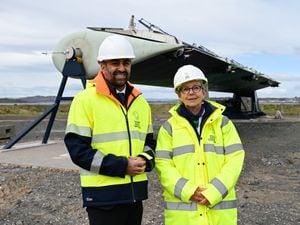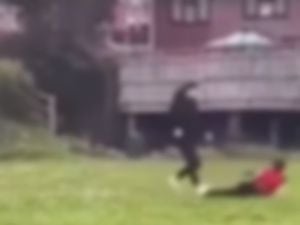European Space Agency to monitor falling Chinese space station
The Tiangong-1 is due to re-enter Earth’s atmosphere early next year.

The European Space Agency (ESA) has announced it will be part of an international campaign to monitor space debris that could hit cities around the world next year.
The agency has said it will work with teams around the globe to follow the unmanned Chinese space station Tiangong-1 when it re-enters Earth’s atmosphere in the early part of 2018.
The station has reached the end of its operational life and is on a “decaying” orbit, which will see it fall to Earth as a result, with the ESA warning some portions of the station could survive re-entry and reach the ground.

“Owing to the geometry of the station’s orbit, we can already exclude the possibility that any fragments will fall over any spot further north than 43N or further south than 43S,” Holger Krag, head of the ESA’s debris office said.
“This means that re-entry may take place over any spot on Earth between these latitudes, which includes several European countries, for example.
“The date, time and geographic footprint of the re-entry can only be predicted with large uncertainties. Even shortly before re-entry, only a very large time and geographical window can be estimated.”
The agency will work with Nasa and other space agencies around the world in monitoring the station as it falls.
The debris office also said that no casualties have been confirmed from falling debris in the history of spaceflight.





